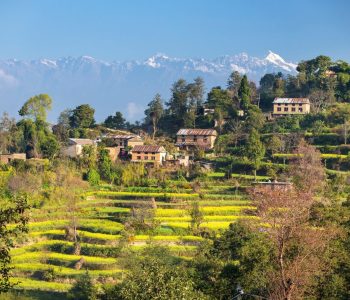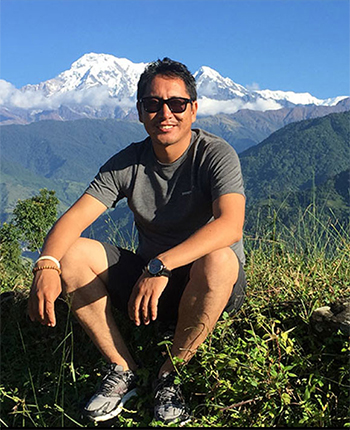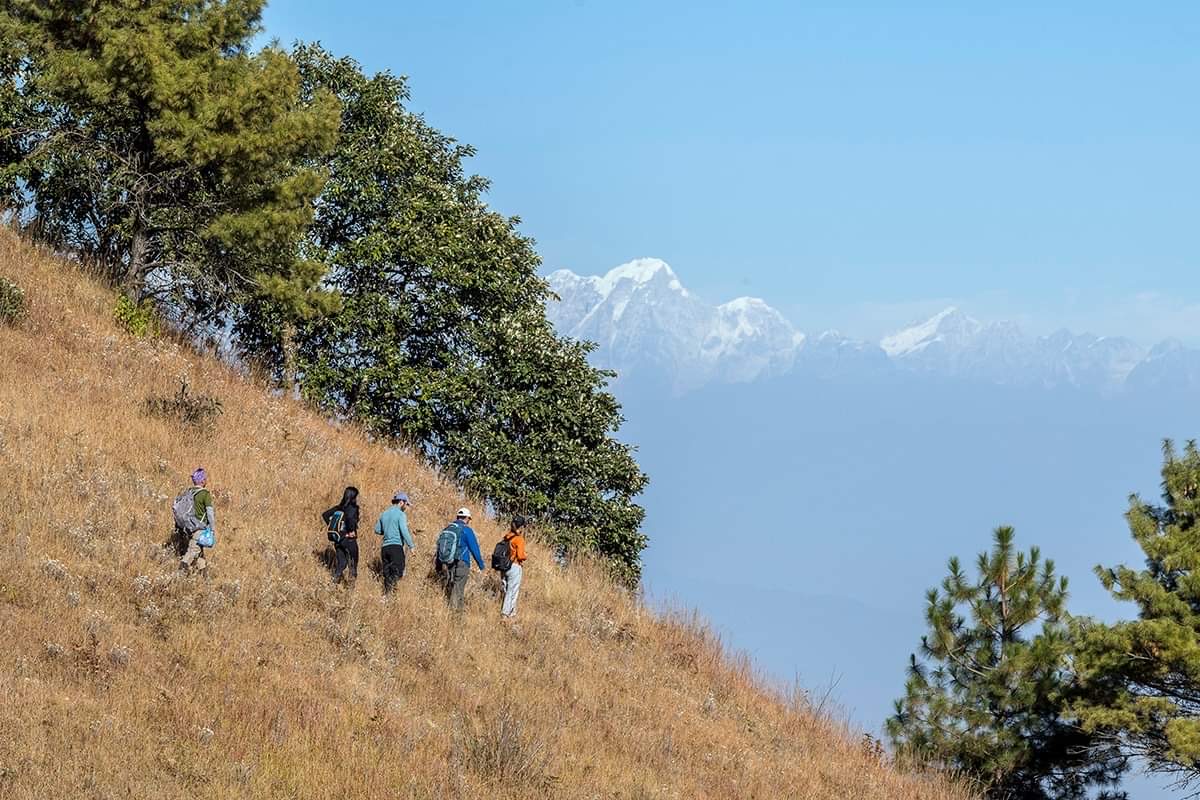Kathmandu, being a historical and cultural heart of Nepal, is a popular destination for tourists, trekkers and adventure seekers. The city presents a wonderful mixture of Hinduism, Tibetan Buddhism and Western influence in the Valley. The ancient cities Kathmandu, Patan and Bhaktapur are the major attractions, with their evocative city squares and represent an epitome of harmony in urban design, elegant architecture and refined culture.
Today we have an option of an early morning mountain flight before breakfast – this flight is a truly spectacular 1-hour flight along the Himalayan Range to unforgettable Mount Everest and back! After a hotel breakfast we will explore the must see UNESCO sites of Kathmandu and its surroundings – the holy Hindus Temple of Pashupatinath, Kathmandu and Patan Durbar Square plus the holy Buddhist Stupa of Swayambhunath and Boudhanath.
Pashupatinath, which houses a sacred lingam, or the phallic symbol of Lord Shiva is one of the holiest temples in the Hindu religion and was first mention in 365 AD. The Aryaghat alongside Pashupatinath and on the banks of the Bagmati River is a famous funeral site for the Hindus. It is such an important pilgrimage site that any Hindu should visit it once in their life and there is a constant stream of sadhus coming and going from Nepal and India. Non-Hindu visitors are only permitted to view the temple from the east bank of Bagmati River, as entrance into the temple is strictly forbidden to all non-Hindus.
Kathmandu Durbar Square was the palace of the medieval Kings who ruled over the then Kantipur Kingdom. Inside the Durbar Square complex, we will visit the residence and temple of the Living Goddess ‘Kumari’. Born to Buddhist parents, is a young girl who is considered sacred as long as she has not reached menstruation. Every year, the Kumari makes just 3 public appearances, during which she is carried through the streets by a large chariot. We will also see the Kasthamandap, the impressive resting place from which the name “Kathmandu” is said to have come and made from a single tree.
Swayambhu meaning the “The self-existent” is said to be 2000 years old and is one of Nepal’s most important Buddhist sanctuaries located on a hill top. It is popularly known as ‘Monkey Temple’ as the area owing to the large number of monkey population residing in the area. The oldest inscription discovered dates back to the 5th century and refers to the founding of a monastery. The whole hill is a mosaic of smallChaityas (memorials) and temples and it is one of the only places that you can see the Stupa, Pagoda and Shikar style of temple. It is a sacred Buddhist place of worship, but it is also holy to Hindus and you can also find Hindu shrines here – a fine illustration of the religious tolerance found in Nepal.
Patan Durbar Square is one of the three ancient cities from which Kathmandu Valley was made up of – located at the south of Kathmandu city commonly known as the city of fine arts. According to legend, the founding of Patan dates back to Pre-Christian times. As opposed to the Malla Kingdoms of Kathmandu and Bhaktapur that were mainly influenced by the Hindu religion, Patan was for many years a major Buddhist city. It is believed that it was founded in the third century B.C. by the famous Buddhist emperor, Ashoka – who visited the town while on a pilgrimage from Northern India and built four stupas that enclosed the centre of the old town. This would make it the oldest continuing Buddhist town in the world.
The Buddhists shrine of Boudhanath is one of the largest Stupas in the world and one of the holiest Buddhist pilgrimage plus a tourist destination in Kathmandu. It stands with four pairs of eyes in the four cardinal directions keeping watch for righteous behaviour and human prosperity. Boudhanath is part of the shared history of Nepal and Tibet, with Tibet having held ruling privileges over the site until the last century. It is built on an octagonal base inset with prayer wheels and the stupa is ringed by houses of Lamas or Buddhist priest, monasteries and shops. The area of Boudhanath is also famous for over 50 Tibetan Gompas or monasteries.







 Trip HIghlights
Trip HIghlights
 Detailed Itinerary
Detailed Itinerary
 Inclusions & Details
Inclusions & Details
 Date & Price
Date & Price
 Trip Review
Trip Review
 Faqs
Faqs
 Travel Videos
Travel Videos
